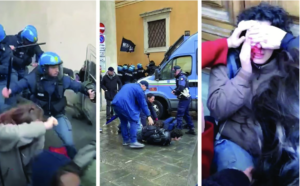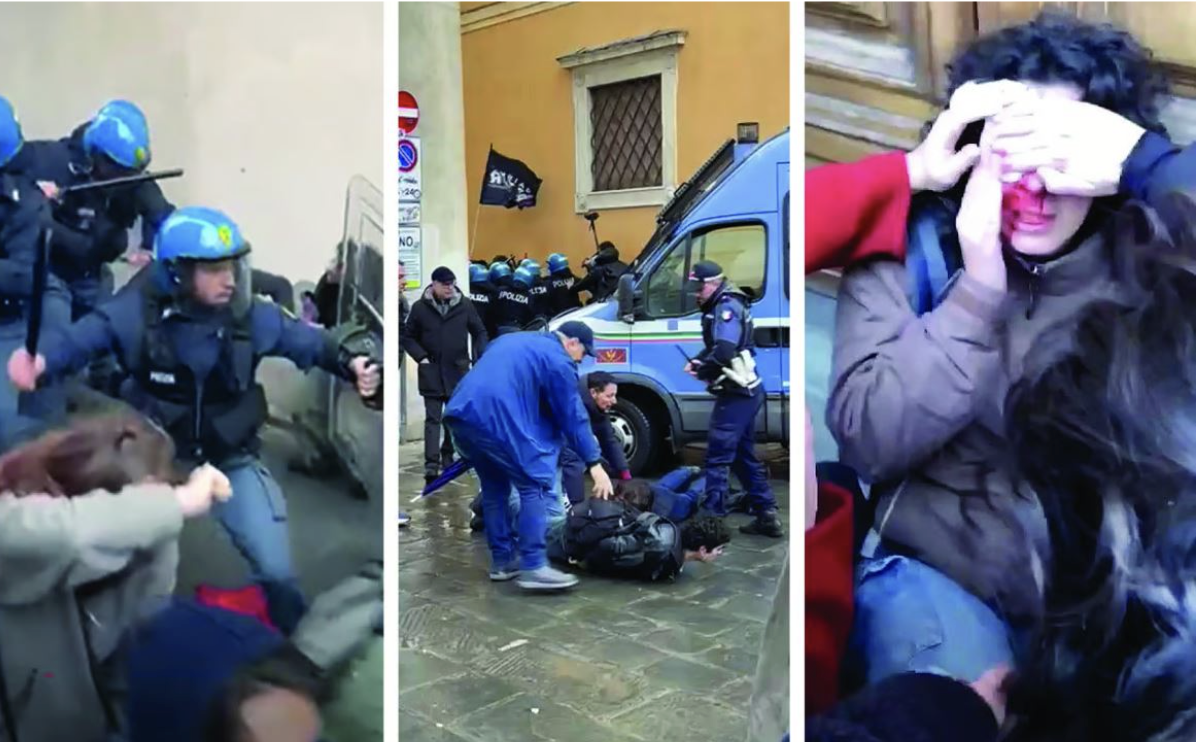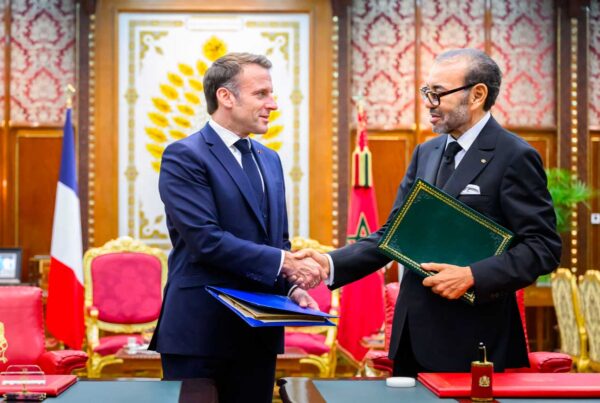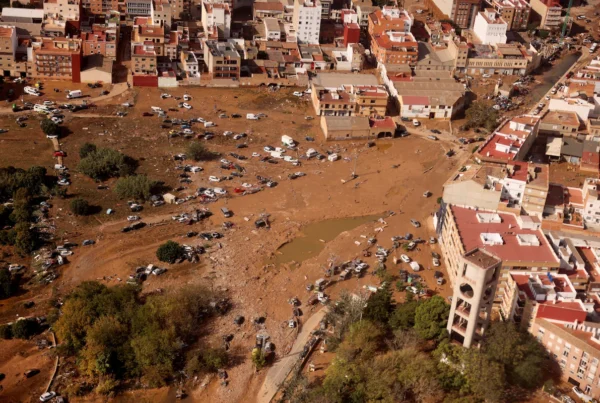
Credits: https://www.open.online/2024/02/26/pisa-studenti-manganellati-obiettivi-sensibili-sinagoga/
Students were violently beaten by the police during a peaceful protest.
This is a sentence we might expect to hear when talking about the protests of the 60s, perhaps when discussing racial segregation or even referring to dictatorial and reactionary states.
Yet, this is not the case. This sentence does not belong to the past but to the very recent present.
Students were clubbed while peacefully protesting for the Palestinian cause in Italy, a democratic nation boasting a pacifist and anti-fascist constitution.
Suppressing and repressing dissent with violence: this is what happened on February 23 during several marches organized to call for peace in Gaza and to express support for Palestine. In the cities of Florence, Pisa, and Catania, law enforcement officers showed no restraint in aggressively confronting young protestors with batons. The altercation resulted in eighteen students sustaining injuries, with ten of them being minors.
The recent incidents are not “isolated events.” It happened at Sapienza University on October 25, 2022, when students protested against a conference held by the Brothers of Italy and were violently beaten. It occurred in Palermo on May 23, 2023, during an authorized march in honor of Judge Giovanni Falcone, who was assassinated by the Mafia. Last December 6 at the University of Turin, during an anti-fascist rally organized by students, constitutional law professor Alessandra Algostino was also struck. And just a few days ago, protesters supporting the “Stop The Genocide” campaign by rapper Ghali were beaten in front of the Naples headquarters of Rai, Italy’s public broadcasting corporation.
The entrenched cycle of violent suppression against student dissent is not beholden to the whims of any particular political party; rather, it runs deeper, becoming ingrained within the very structure of authority. This systemic issue persists regardless of which party holds power, indicating a fundamental flaw in our approach to dissent and governance.
Why were unarmed students clubbed by the police? This is the real question that should be asked to the prefects of the cities where the violence occurred, the government representatives, and the authorities involved in these incidents. These are the words that should appear in newspaper headlines and TV news tickers, instead of “clashes,” since “clash” suggests a conflict on equal terms, a contest over conflicting goals. Instead of nuances about whether some protesters were of age, or whether some regulation was violated, what terrible threat needed to be quelled.
Meanwhile, the authorities’ lexicon has already produced an embarrassing statement, like that of the State Police attempting to justify the violent actions. It hides behind empty phrases, such as “operational management difficulties,” that fail to justify the obvious: namely, the total lack of proportion between action and reaction, the unilateral violence that erupts and becomes a hunt for the young.
In light of the scenes in Pisa and Florence, it makes no sense to talk about “order” and “authority,” unless the model of the state in mind coincides with that of a bully. One who relies primarily on complicity, fear, or silence, and whose aggressiveness reveals above all its own weaknesses and fears.
The problem is the no-ifs and buts defense of law enforcement by the press and politics, because, it’s worth remembering, even the officers executing the commands of certain chains of command pay a price. In the face of the muscles flexed by editorialists, and in the face of provocative apologies for repression, a largely ignored statistic should be remembered: suicides among law enforcement are on the rise, and the psychological and physical stress is an aspect that finds no room among the no ifs and buts.
This is why it is important that civil society has expressed itself, with images of rallies against police violence, and spontaneous gatherings to remember that demonstrating is a right and that cities are spaces that belong to the community, and thus to students as well. Those who fear the new generations essentially fear the future itself, and those who fear the future never really enter it.
Other posts that may interest you:
- The Trouble with ‘Ecocide’
- Carbon dioxide removal – hit or miss?
- Local Victories for Turkish Opposition — A Sign of Hope?
- Are France and Japan a Mismatch Made in Heaven?
- A Reflection on Dark Tourism
Discover more from The Sundial Press
Subscribe to get the latest posts sent to your email.





